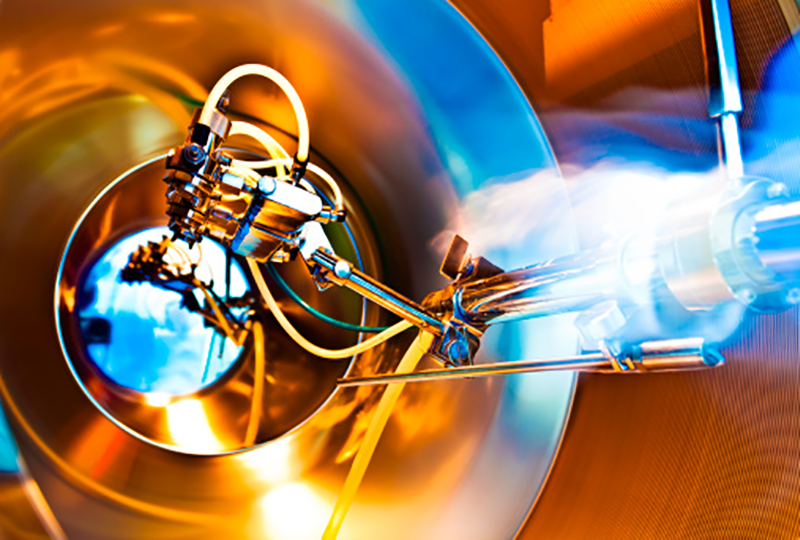What are the limitations or challenges associated with MWD technology?...
Read MoreHow does Autoclaves Heat Probes work?
Autoclaves are devices used in a variety of industries, including healthcare, laboratories, and manufacturing, to sterilize equipment and materials. Autoclaves use heat, pressure, and steam to kill microorganisms, including bacteria, viruses, and fungi. Heat probes are one of the key components in an autoclave that help regulate and monitor the sterilization process.
Here is how an autoclave heat probe typically works:
Temperature Measurement: Thermal probes are designed to accurately measure the temperature in the autoclave chamber.
Heat transfer: When the autoclave is running, heat is generated by electric heating elements or steam generators.
Steam Generation: The autoclave’s steam generator converts water into steam, which increases the pressure in the chamber.
Pressure and temperature regulation: The autoclave’s control system uses data from heat probes to regulate heat and pressure within the chamber.
Sterilization process monitoring: Thermal probes continuously monitor the temperature in the sterilization chamber throughout the entire autoclave cycle.
Completion and Cooling: After the sterilization cycle is complete, the autoclave usually goes through a cooling phase to reduce the temperature and pressure in the chamber.

Extend Knownledges
What are the limitations or challenges associated with MWD technology?
What are the limitations or challenges associated with MWD technology?...
Read MoreAre there any limitations or considerations for using an autoclave?
Are there any limitations or considerations for using an autoclave?...
Read MoreWhat temperature and pressure are typically used in an autoclave?
What temperature and pressure are typically used in an autoclave?...
Read More